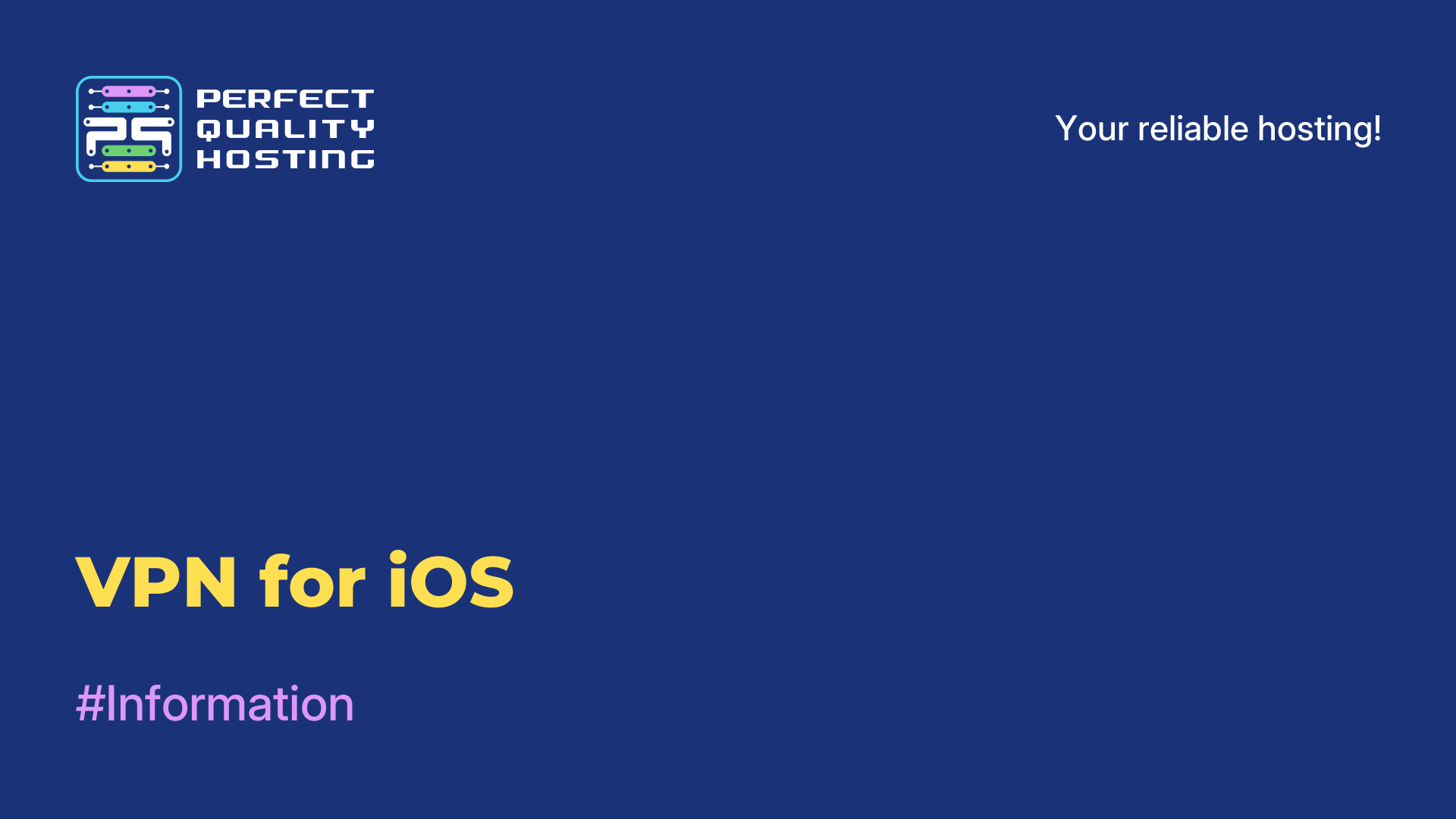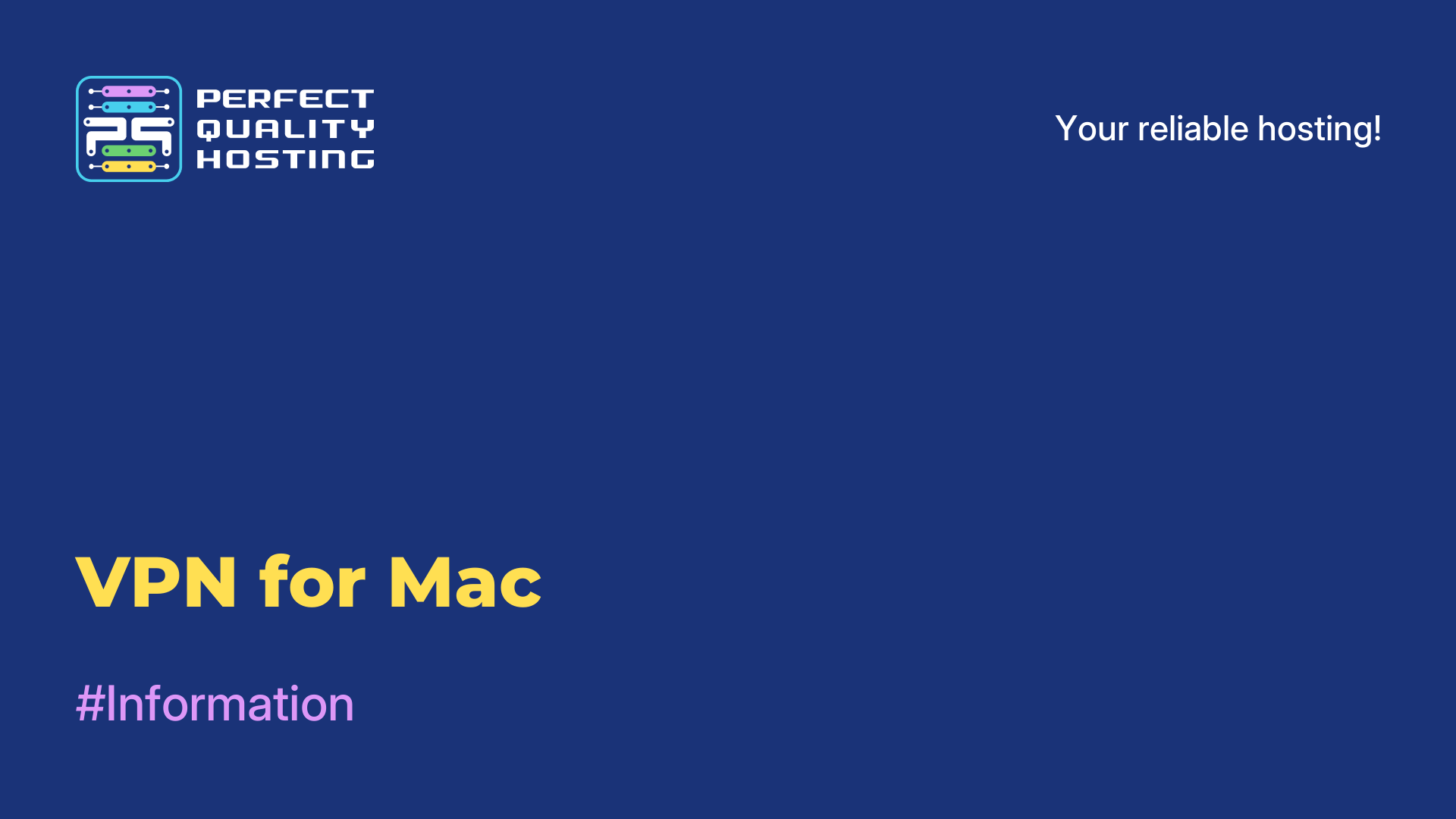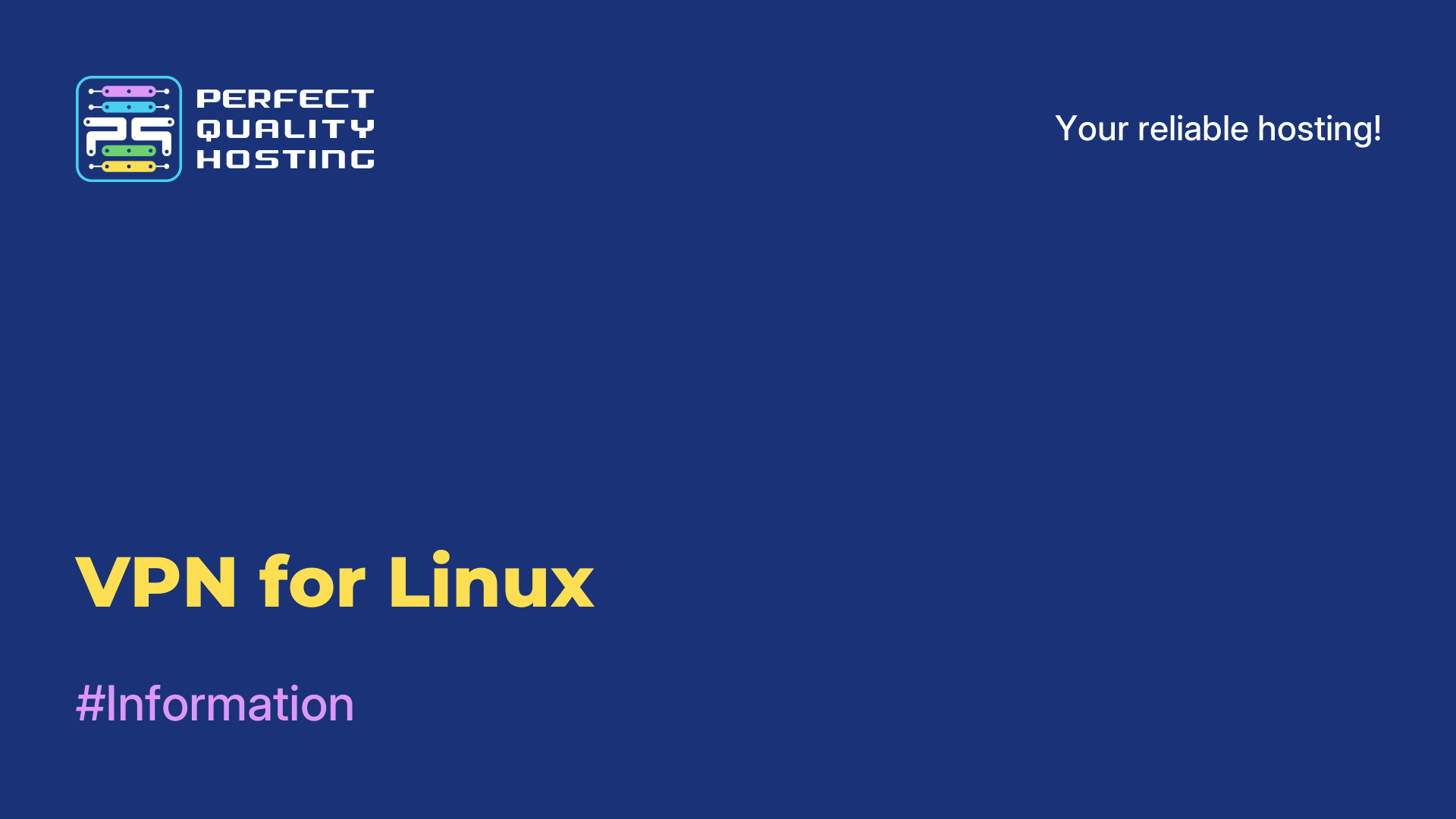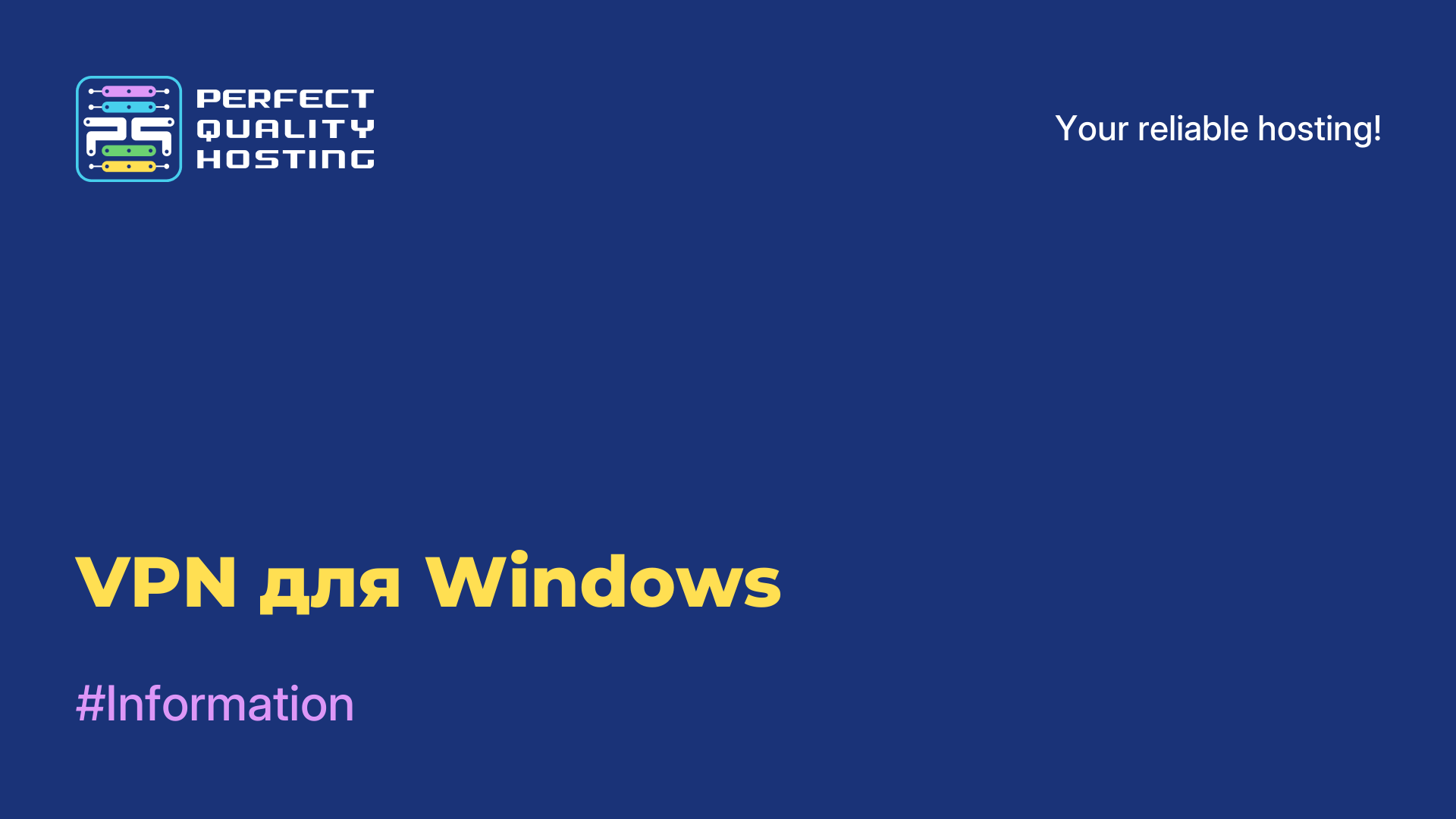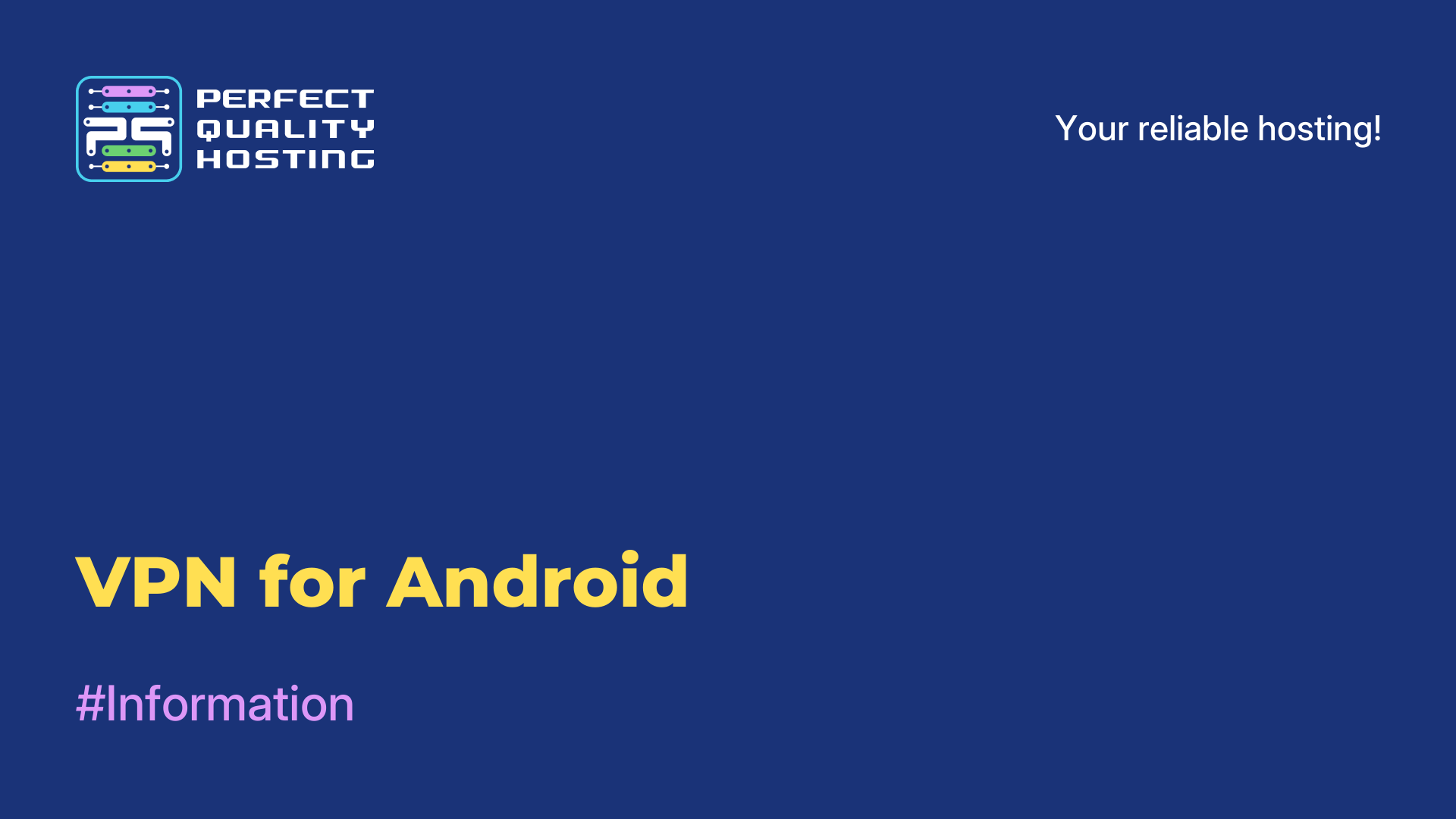-
United Kingdom+44 (20) 4577-20-00
-
USA+1 (929) 431-18-18
-
Israel+972 (55) 507-70-81
-
Brazil+55 (61) 3772-18-88
-
Canada+1 (416) 850-13-33
-
Czech Republic+420 (736) 353-668
-
Estonia+372 (53) 683-380
-
Greece+30 (800) 000-02-04
-
Ireland+353 (1) 699-43-88
-
Iceland+354 (53) 952-99
-
Lithuania+370 (700) 660-08
-
Netherlands+31 (970) 1027-77-87
-
Portugal+351 (800) 180-09-04
-
Romania+40 (376) 300-641
-
Sweden+46 (79) 008-11-99
-
Slovakia+421 (2) 333-004-23
-
Switzerland+41 (22) 508-77-76
-
Moldova+373 (699) 33-1-22
 English
English
Knowledge base — Page 23
- Main
- Knowledge base
- Page 23
IOPS (Input/Output Operations Per Second) is a metric that measures the rate at which I/O operations are performed on a storage device such as a hard disk or solid state drive
Configuring OpenVPN Server via WebMin on Ubuntu 22.04 is an easy way to ensure the security and stability of your connection. With WebMin, you can manage the server through a user-friendly web interface, simplifying the OpenVPN configuration
VPN for iOS is a virtual private network that provides a secure and encrypted connection between an iOS device and a remote VPN server. This allows you to improve connection security, bypass locks and restrictions, and maintain anonymity when
VPN for Mac provides a secure and private internet connection. A VPN hides your IP address and encrypts your data transmission, ensuring privacy, security and anonymity when using Internet services. VPN also allows you to access blocked sites and
VPN for Linux is needed to create a secure connection between Linux devices and remote VPN servers. It is used to ensure security and confidentiality when transferring data on the Internet, as well as to circumvent geographical restrictions and
A virtual private network allows you to ensure a secure connection between your computer and the Internet. It can be used to create encrypted communication channels, which protects user data from scanning, interception or hacking. VPN hides the
VPN (Virtual Private Network) on Android allows the user to protect their data and online activity by hiding their IP address and accessing blocked sites and services. The VPN service creates a tunnel that encrypts all data that passes through your
VPN for router is a technology that allows you to encrypt Internet traffic using a virtual private network (VPN). VPN connection is configured at the router level, which allows you to connect any device to it and receive protection from confidential
Ace Stream is a peer-to-peer video streaming technology that allows users to watch online videos in high quality without delays and buffering.





















